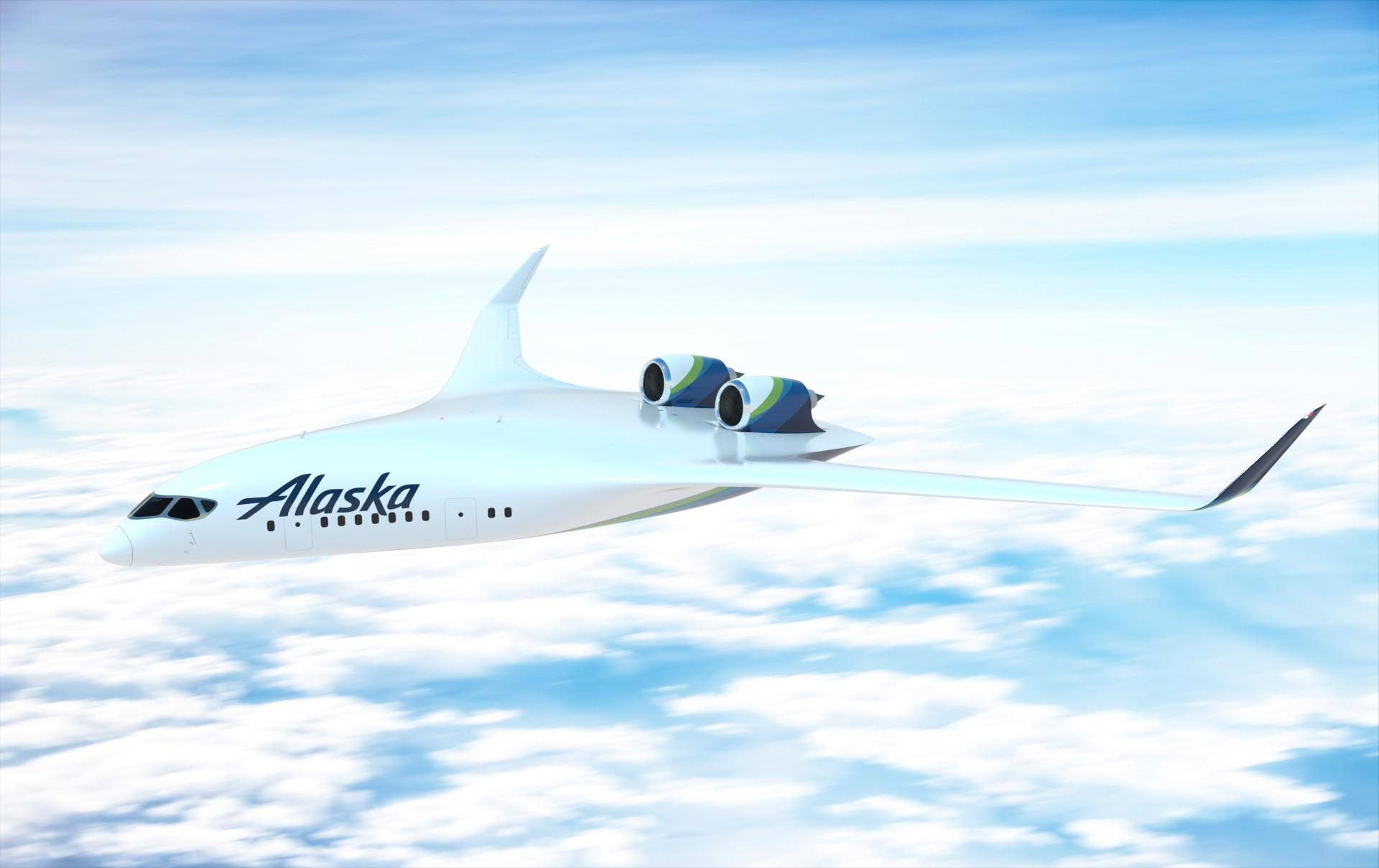
A rendering of JetZero's BWB aircraft in Alaska Airlines livery.
Credit: JetZero
Alaska Airlines has become the first commercial operator to declare serious interest in the blended wing body (BWB) aircraft under development by JetZero, signing options for an undisclosed number of aircraft while investing in the California-based startup. The financing, details of which are being...
Subscription Required
Alaska Airlines Takes Options On JetZero’s Blended Wing Body is published in Aerospace Daily & Defense Report, an Aviation Week Intelligence Network (AWIN) Market Briefing and is included with your AWIN membership.
Already a member of AWIN or subscribe to Aerospace Daily & Defense Report through your company? Login with your existing email and password.
Not a member? Learn how you can access the market intelligence and data you need to stay abreast of what's happening in the aerospace and defense community.





